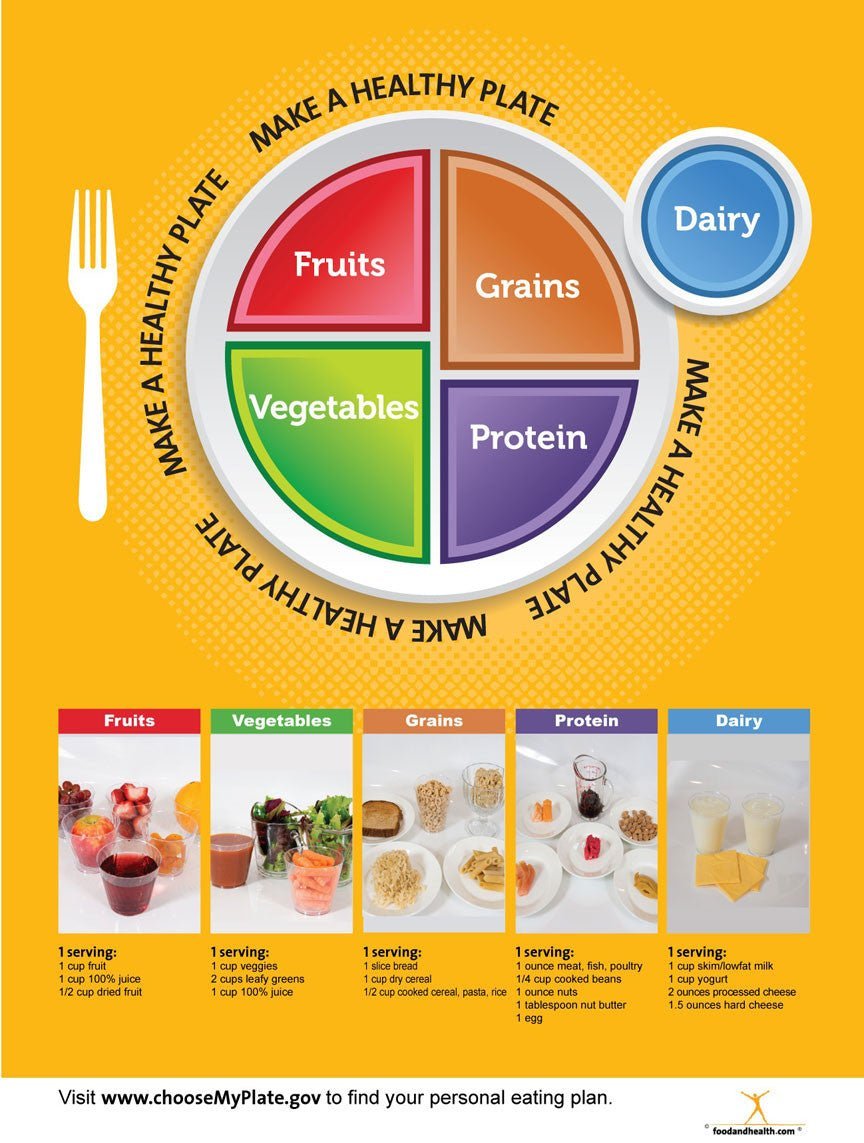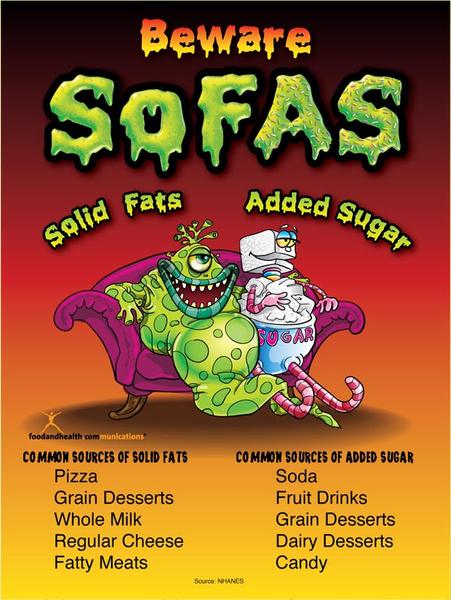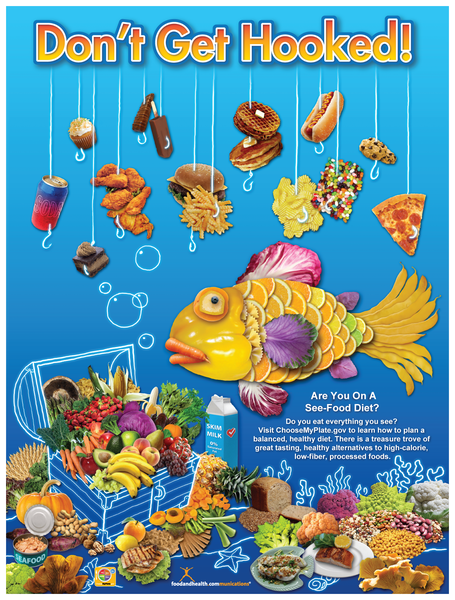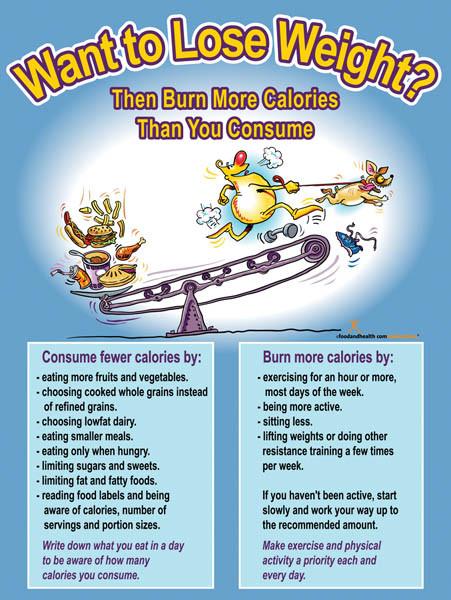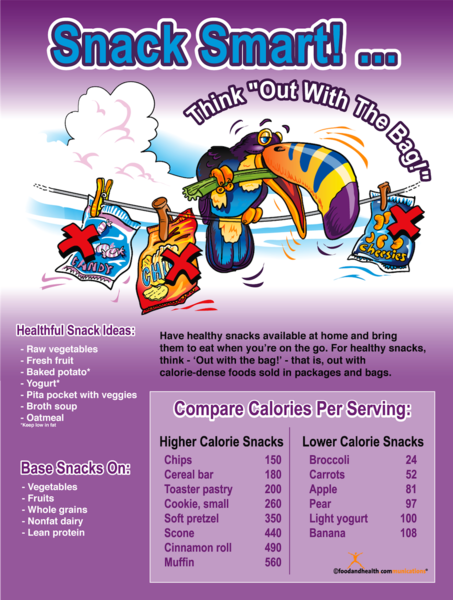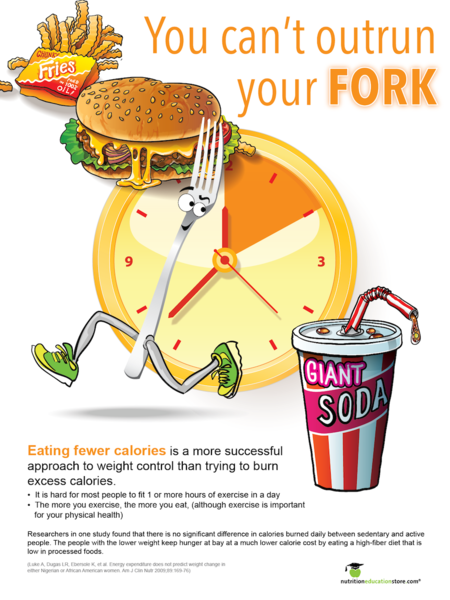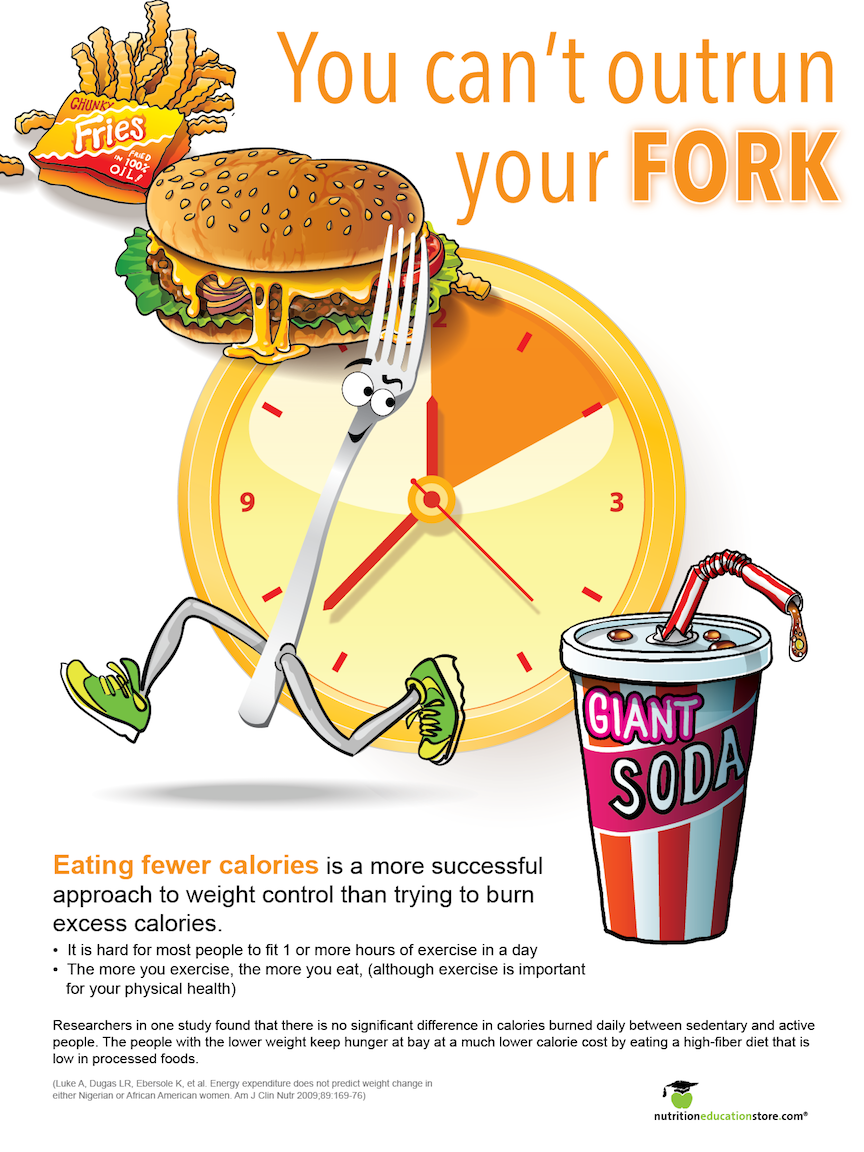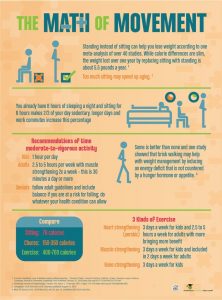While everyone is prepping for the holidays, it’s time for nutrition and health educators to think about what comes next – New Year’s resolutions.
Year after year, people make – and fail to keep – diet-related resolutions. They usually vow to completely change how they eat, often by following a fad diet that is overly restrictive, thus setting themselves up for failure by February.
How can we set them up for success in 2020? By showing people how to make diet resolutions that are simple, science-based, and realistic. Diet resolutions they can keep for life! And we think MyPlate is the perfect place to start.
As a MyPlate National Strategic Partner, we’re proud to offer an amazing collection of MyPlate posters and other materials. Here are two that you can use to start a conversation about New Year’s resolutions:
- The Healthy Plate poster is unique and sure to get people’s attention! Instead of the traditional MyPlate graphic, it uses beautiful illustrations to show the MyPlate concept. And it comes with a downloadable handout that has the traditional MyPlate graphic with tips on one side and a quiz on the other side.
- Our MyPlate Photo poster includes the MyPlate graphic along with photographs of real food for each group. It also comes with a downloadable handout full of tips.
Just in time for the new year, USDA is launching Start Simple with MyPlate. This new campaign has some great resources to help with MyPlate-style New Year’s resolutions. Here are just a few of our favorites:
- MyPlate Plan: Get personalized food group targets by entering your age, sex, height, weight, and physical activity level. There’s also a Spanish version. (Note: MyPlate Plan isn’t quite perfect yet. For us, it worked fine on Chrome, but not on Safari.)
- MyPlate Plan Widget: Share MyPlate Plan with your clients and readers by embedding a widget on your website.
- MyPlate Quizzes: These online quizzes are perfect for teaching the MyPlate concept. There’s one for each food group!
- MyPlate Email Updates: Stay up-to-date on all things MyPlate by signing up at ChooseMyPlate.gov/GovDelivery.
- MyPlate App – get the link on this page and use the MyPlate app to stay on track all year!




